Understanding the basic plumbing layout in a bathroom is crucial for remodeling. Familiarize yourself with water supply lines, drainage pipes, and fixtures like toilets, sinks, and bathtubs/showers. Regular checks can prevent minor issues from becoming costly repairs. Gather essential tools and high-quality plumbing components. Replace toilet flanges, install modern shower heads and faucets, and upgrade bathtub and shower pipes for efficient water flow. Prioritize energy-efficient water heating with low-flow fixtures and tankless heaters. Conduct final checks after remodeling to ensure safe and efficient operation.
Remodeling your bathroom can be a transformative experience, but understanding the basics of bathroom plumbing is essential for any do-it-yourselfer. This guide delves into the intricacies of bathroom plumbing, equipping you with the knowledge to tackle common issues and upgrade your space safely. From identifying pipe layouts to installing new fixtures, we cover everything from toilet flanges to water heating tips, ensuring a successful and functional bathroom remodel.
Understanding Basic Bathroom Plumbing Layout
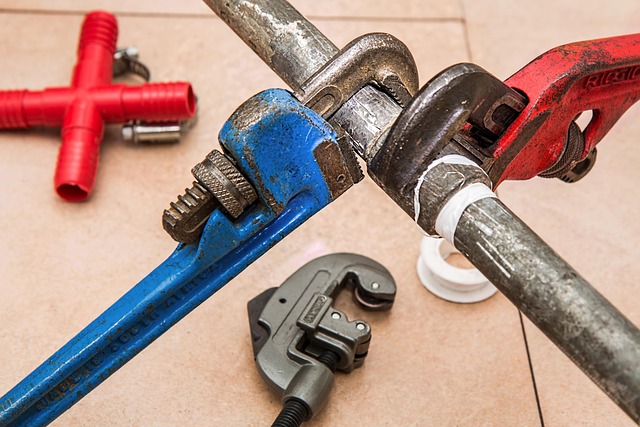
When remodeling a bathroom, understanding the basic plumbing layout is crucial for any do-it-yourselfer or professional contractor. The typical bathroom includes several key components: water supply lines, drainage pipes, and fixtures like toilets, sinks, and bathtubs/showers. Water enters the bathroom through the main supply line, which branches off to serve each fixture. These lines are usually made of copper, PVC, or PEX (cross-linked polyethylene) tubing.
Drainage pipes, often hidden behind walls and under floors, collect water from fixtures and direct it to the sewer or septic system. Fixtures like toilets have their own dedicated supply and drain lines, while sinks and bathtubs/showers are connected to the main water supply and share a combined drainage system. Familiarizing yourself with this layout will help navigate any plumbing changes during your bathroom remodel, ensuring efficient water flow and effective waste removal.
Identifying Common Bathroom Plumbing Issues
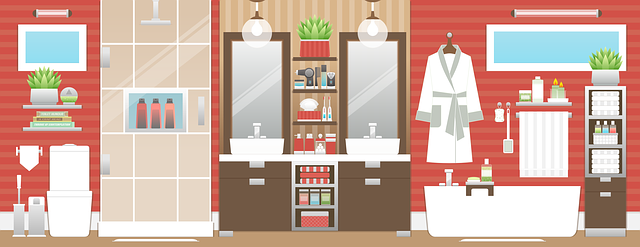
Many common bathroom plumbing issues can often be overlooked, leading to bigger problems down the line. One of the most frequent issues is a running toilet—a simple fix but one that can waste significant amounts of water over time. Leaking faucets and showerheads are another prevalent concern, causing water wastage and potentially increasing water bills. Clogged drains are also a recurring problem, which can be attributed to items like hair, soap scum, or even foreign objects being flushed down the toilet.
Identifying these issues early on is crucial for effective bathroom plumbing maintenance. Regular checks can prevent minor problems from escalating into costly repairs. For instance, listening for unusual noises or checking for constant water sounds may indicate a leaking pipe or faucet. Visual inspections can reveal visible signs of damage or corrosion, while smelling for mold or mildew could point to potential drainage issues.
Tools and Materials for Plumbing Repairs
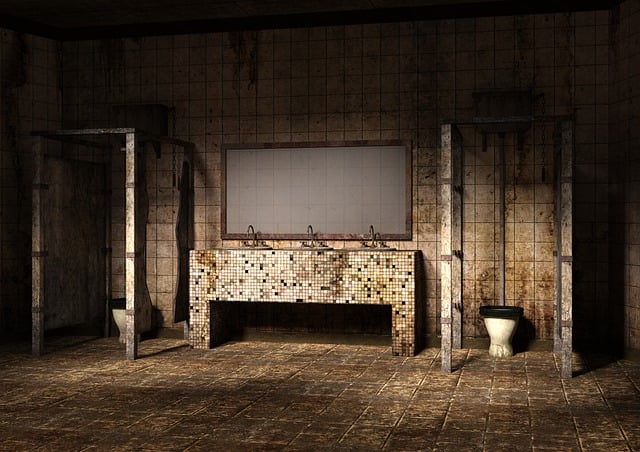
When tackling plumbing repairs in your bathroom, having the right tools and materials is essential for a successful remodel. Start by gathering basic tools such as pliers, wrenches, and screwdrivers to ensure you can handle various tasks like tightening connections or removing old fixtures. For more complex jobs, consider investing in specialized tools like a plunger, pipe cutter, and slip-joint pliers, which are handy for clearing clogs and cutting pipes accurately.
In terms of materials, you’ll need new bathroom plumbing components such as pipes, fittings, valves, and fixtures that match your desired design. Remember to check for water supply lines, drain pipes, and waste pipes specific to bathrooms. Always opt for high-quality materials to ensure longevity and reliable water flow in your newly remodeled bathroom.
Steps to Replace a Toilet Flange and Base

To replace a toilet flange and base, start by turning off the water supply to the toilet. This is crucial for your safety and to avoid any accidents during the bathroom remodel plumbing process. Next, remove the old toilet, taking note of how it was attached—usually with bolts or clamps. With the toilet removed, expose the flange and base, which are the components that connect the toilet to the floor.
Use a wrench or screwdriver to unscrew the flange from the drain pipe. Once detached, you can lift out the old flange and base. Measure the opening to ensure the new parts fit properly. Install the new flange and base, ensuring they align with the floor and are secure. Double-check that all pieces are tightly fastened before replacing the toilet, completing your bathroom plumbing upgrade.
Upgrading Your Shower Head and Faucets
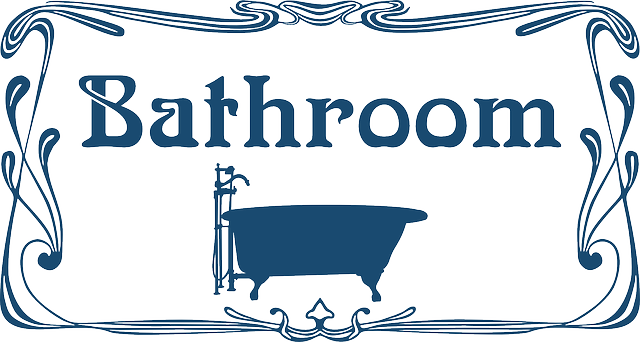
When remodeling your bathroom, don’t overlook the power of an upgraded shower head and faucets. These seemingly small changes can significantly enhance your daily routine, transforming a mundane experience into a luxurious one. Modern shower heads offer a range of features like adjustable water pressure, temperature control, and even massage settings, providing you with a spa-like experience right in your home. Not to mention, energy-efficient models can reduce water consumption without compromising on performance, aligning perfectly with contemporary sustainability goals.
Similarly, faucets come in various styles, finishes, and technologies designed to elevate both functionality and aesthetics. From touchless sensors to adjustable water flow rates, these innovations ensure clean hands and efficient water usage. By choosing the right shower head and faucets, you’re not just improving your bathroom’s look—you’re also investing in better comfort, convenience, and the overall quality of your bathroom plumbing.
Installing New Bathtub and Shower Pipes
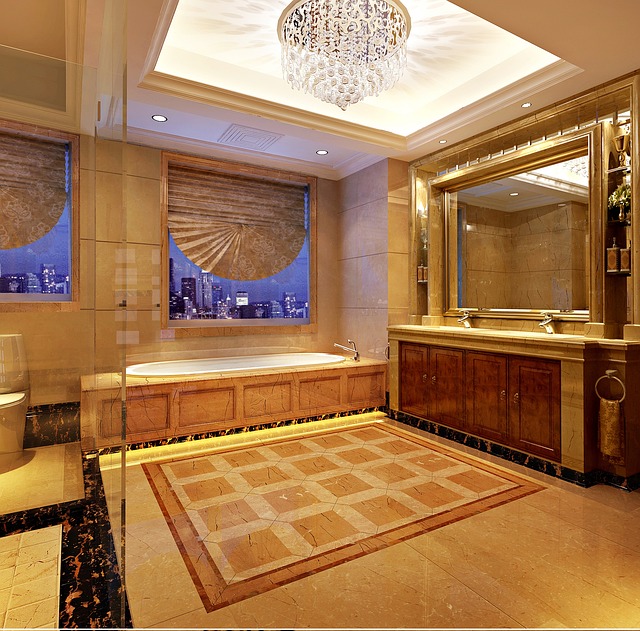
When remodeling your bathroom, one of the most significant aspects of plumbing is installing new bathtub and shower pipes. This crucial step ensures a robust and efficient water flow system, integral to any functional bathroom. Begin by assessing the existing layout and deciding on the new pipe placement, considering both the bathtub and shower head positions for optimal comfort and convenience.
Professional plumbers recommend using high-quality pipes that are durable and compatible with your local water pressure standards. New pipes should be properly sized to handle the required water volume without causing bottlenecks or pressure issues. Additionally, fitting these pipes with appropriate fittings and valves guarantees a secure connection, preventing leaks and ensuring a seamless bathroom plumbing experience.
Tips for Efficient Water Heating in Bathrooms
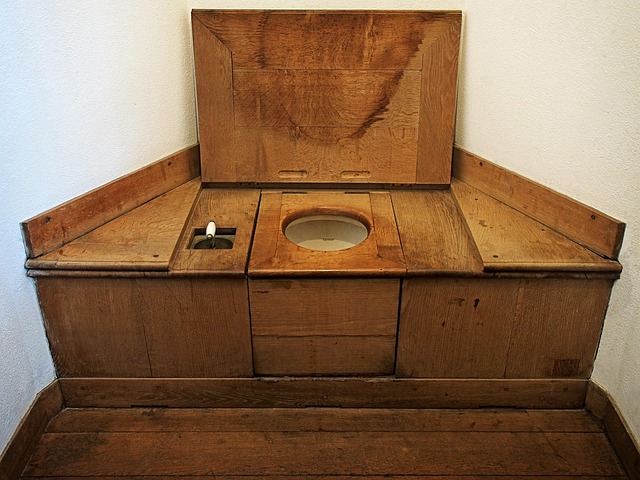
When remodeling bathroom plumbing, efficient water heating is a key consideration for both comfort and cost savings. One effective strategy is to install low-flow fixtures like showerheads and faucets, which reduce water usage without compromising performance. These devices use aerators to mix air with water, maintaining pressure while limiting flow rates. Additionally, consider a tankless water heater, also known as on-demand heaters, which heat water only when it’s needed. This eliminates the energy loss associated with keeping a tank of hot water constantly heated, leading to significant long-term savings.
Another tip for efficient water heating in bathrooms is to insulate hot water pipes to prevent heat loss as water travels through them. This simple step can significantly reduce the amount of energy required to maintain a desired water temperature. Additionally, programming or timing thermostats on water heaters to lower temperatures when not in use during peak hours can further enhance energy efficiency. Combining these strategies will contribute to more sustainable bathroom plumbing while potentially lowering utility bills for homeowners.
Final Checks: Ensuring Safe and Functional Plumbing

After completing the bathroom remodel, it’s crucial to conduct thorough final checks on all plumbing systems to ensure they function safely and efficiently. Start by verifying that water pressure is consistent and at a safe level, checking for any leaks in pipes or fittings, and ensuring that drainage systems are clear and properly vented. All fixtures, including sinks, toilets, and showers, should be fully operational and installed correctly.
Inspect the installation of new bathroom plumbing, looking for proper sealing and connections to prevent future issues. Test each fixture by turning on valves and checking for any signs of leaks or water damage. Additionally, confirm that waste pipes are properly sloped to ensure proper drainage and prevent clogs. These final checks will help you identify and address any potential problems before the bathroom is put into daily use, ensuring a smooth transition to your newly remodeled space.
